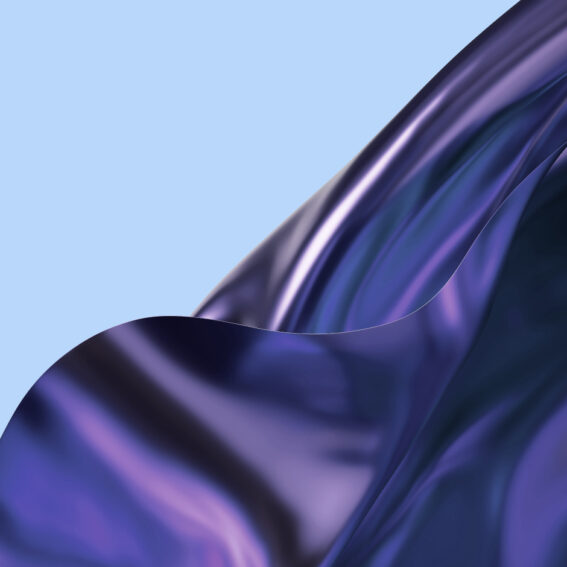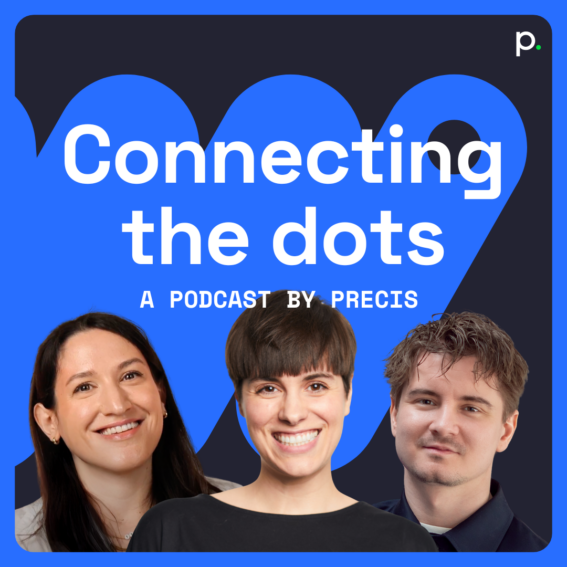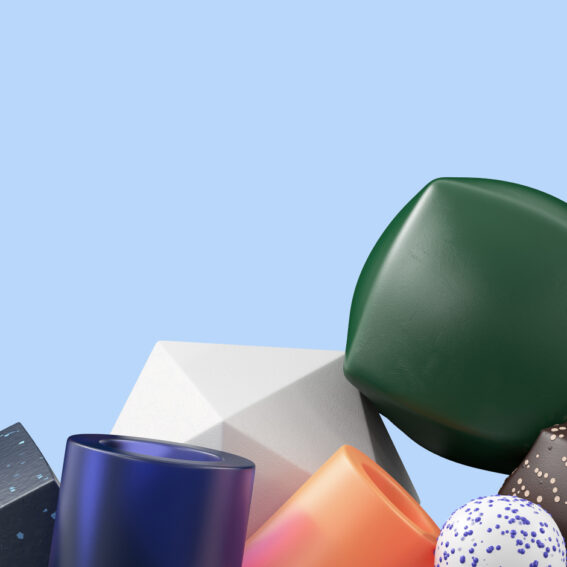4 TikTok UGC strategies you need to know about

Sam Koster
Senior Digital Specialist
User-generated content (UGC) is something most people within marketing (and beyond) are familiar with; we’ve all seen the cliché of an overly-smiley influencer brandishing their latest #ad or #gifted product.
Do it wrong and it is nothing short of cringe, but do it right and UGC can yield good results for brands who are willing to invest in it – ethically, we hope.
Here are 4 ways brands can effectively use UGC as part of their creative mix, particularly on TikTok.
1. Create native TikTok content for authenticity
You could be forgiven for thinking that the TikTok audience isn’t authentic, given the sea of, well… often strange content that admittedly exists on the platform. However, amidst this occasional strangeness lies the discerning TikTok user, who is very capable of spotting paid content.
The best way to engage with these eagle-eyed people when they’re scrolling past contrived content is to talk to them in a language they understand. Make your ads native to the platform – on TikTok, this means educate/entertain first and sell second. If your content is engaging and informative enough, clicks and sales will follow.
TikTok users are very capable of calling out bad actors too. Those vitamins you’re advertising… Are we really meant to believe you’ve been taking them for 6 months and they changed your life? Maybe they did, then yet again…maybe they didn’t. Hmm.
2. Showcase solutions with problem-solving formats
People tend to forget that paid social ads go towards users, not the other way around, so if you’re disrupting their sacred scrolling time you better have something worthwhile lined up to show them.
As mentioned already, the content that does tend to perform well on TikTok usually has some element of ‘infotainment’ running through it, and a strong way to achieve this is to use the “problem/solved” storytelling format.
In other words, showcase a problem that is common amongst your target audience and then show them how your product or service solves that problem – all in one convenient 30-second video. Easy, right? 🙃
This format works really well with things like cleaning products. For example, “Are you always struggling to clean X? Our Product Y makes this 10x easier.” In fact, this was done perfectly by a brand called Mould Magic, whose one UGC ad is responsible for the now 10+ tubes of it that now reside in my kitchen cleaning cupboard. Simple ad, BIG impact.
3. Prioritise partnerships over #paid
Next up: back to the discerning TikTok user I mentioned before. No, really…these folks really will go down a rabbit hole when they see a product they like advertised in UGC, so your brand needs to make sure that thirst for exploration is met.
What I mean by this is that if you are going to partner with a creator, then make it a genuine one. Send them some of your product to try, ask for feedback, let them tell you how it impacted their life and let them be upfront about that when creating their content for you. Brands that take on feedback rather than ramming a pre-written script down their creators’ throats will reap the benefits of that authenticity later down the line.
It’s also worth noting that after seeing a piece of UGC, TikTok users don’t just stop there – they will absolutely go and visit that creator’s profile to ensure the product they’re advertising is in line with their regular content offering. So that creator who normally posts about fitness is now trying to advertise tech? Be suspicious.
4. Test engagement through different hooks
Lastly, as the rise of AI (sorry, I had to mention it 🫠) continues to grow and grow and grow, algorithms get smarter and smarter (most of the time). You’ve probably all heard of the phrase “your creative is your targeting” on paid social, and this is even more true on TikTok.
Algorithms are able to crawl creative in order to determine who best to serve it to. So, if you have a piece of content you want to test, you should test multiple different hooks at the same time. A hook is the first 3-5 seconds of a video which gives a super quick glimpse as to what the user can expect from the creative.
Let’s take a fitness creator for example, who might have made a “what I eat in a day” video. One hook could use a voiceover which says something like “what I eat in a day as a nutritionist”, while another hook could be “how I fuel my body ready to tackle my daily 10k run”. Despite the video content being identical, the hooks will appeal to a greatly different audience, ensuring your reach on TikTok is not only scaled but varied.
From a paid perspective, brands should work with their creators to build multiple hook angles to test. A good rule of thumb is 3 hooks for every 1 video, which will give the algorithms we depend on a healthy variety of audiences to test with each hook.
And speaking from experience, you’d be surprised how much a slight change in your hook can impact key metrics like your CPMs and your CTRs, which are the foundations of a healthy marketing campaign.
TL;DR
- Embrace authenticity: speak the language of your TikTok audience to resonate with them.
- Solve real problems: Use UGC to showcase how your product or service provides practical solutions.
- Foster genuine partnerships: Collaborate with creators authentically aligned with your brand.
- Craft compelling hooks: Test and optimise content hooks to maximise engagement and reach on TikTok.


